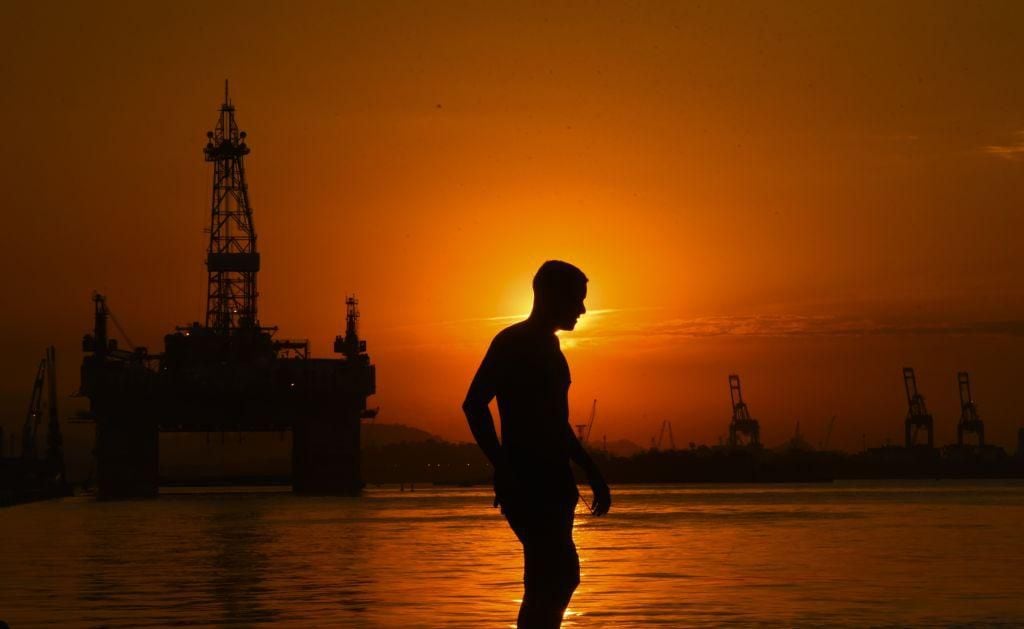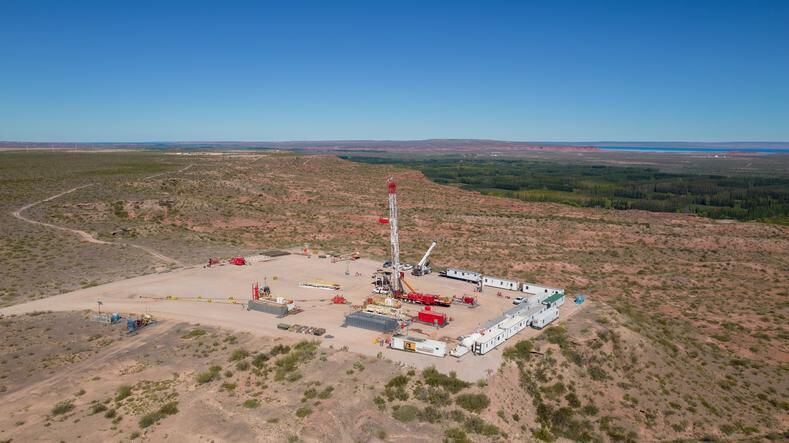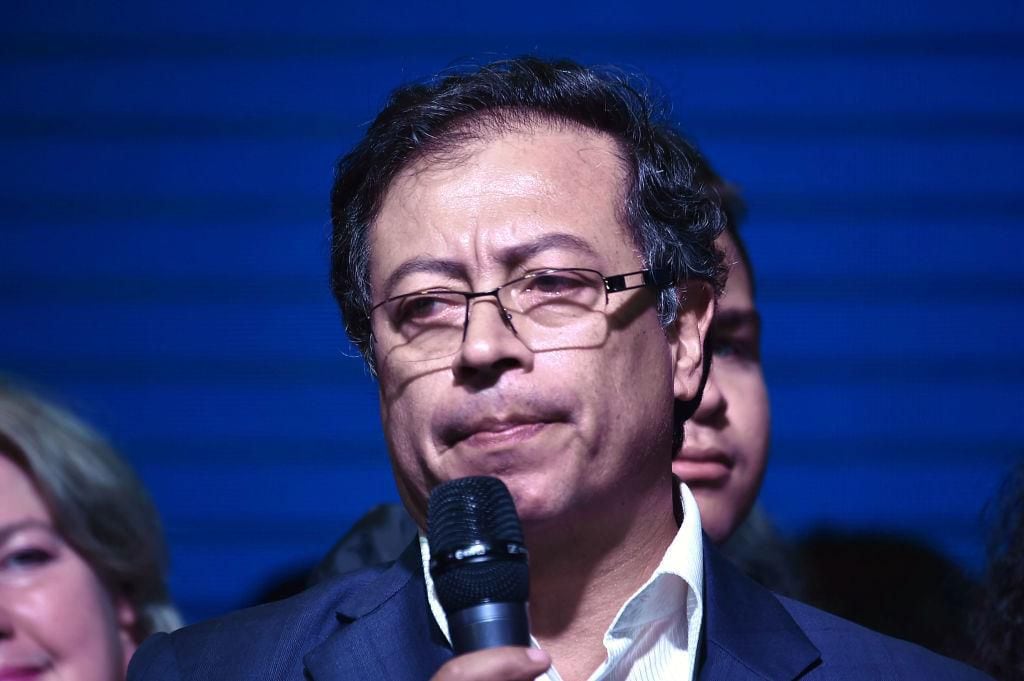Although it may seem like a contradiction, in the midst of the climate change crisis that is affecting the world, global oil production will increase this decade, according to the International Energy Agency (IEA).
Experts project that in the coming years the international market will continue to demand a greater amount of crude oil, although before the end of this decade the trend will reverse, as renewable energies gain ground over fossil fuels.
LOOK: How the fight over a slice of watermelon caused the first intervention of the United States in Panama
As long as that does not happen, black gold will continue to turn the engines of the international economy.
In this context, the IEA estimates that world oil production will increase by 5.8 million barrels per day by 2028 and close to a quarter of this additional supply will be from Latin America.
Who will be the protagonists of this new boom?: Brazil, Guyana and to a lesser extent Argentina, three countries that are leading a new chapter in the region’s oil production.
left behind the era dominated by nations like Venezuela, Mexico, Ecuador and Colombia which, for various reasons, will decrease their supply of crude oil in the international market in the next five years, according to the IEA.
“It is very difficult for these countries to reverse their decline,” Francisco Monaldi, director of the Latin American Energy Program at the Baker Institute of Rice University (Texas, USA), told BBC Mundo.
Guyana, a poor country that will be rich
With some 800,000 inhabitants, Guyana is one of the smallest and poorest countries in South America. Or at least that was the case, until in 2015 when the US oil giant ExxonMobil discovered the first of its proven crude oil reserves, estimated at around 11 billion barrels, in the depths of the Atlantic Ocean.
Taking advantage of the strong demand for crude that will be this decade, production in Guyana is on the accelerator and it is believed that by 2028 it could produce 1.2 million barrels per day.
If the projections come true, “Guyana is going to become the country that produces the most barrels per inhabitant in the world, surpassing Kuwait”Monaldi explains.
In this scenario, Guyana would go from being a poor country to a rich country (when measuring per capita wealth), given the spectacular increase in its Gross Domestic Product (GDP), which last year climbed 57.8% and this year it will be 37.2%.
How this new wealth of Guyana will be distributed? That is something so far uncertain. The government has stated that it will try to avoid the mistakes made by other oil countries in the past, although with so much wealth gushing from the seabed, it will not be easy to control the fate of the resources generated by crude oil.
Brazil: the region’s oil leader
Together, Guyana and Brazil will be the main protagonists of the Latin American oil boom.
The history of Brazil is also related to underwater discoveries.
Under three kilometers of water and five more of rock and salt, the country extracts crude from one of the largest offshore oil fields in the world.

The discovery of these pre-salt deposits changed the destiny of the country, turning it into 2017 the largest oil producer in Latin Americasurpassing Mexico, which at that time had the lead.
Venezuela, which for years was the region’s oil icon, was at that point in such a deep crisis that its production had collapsed.
Thus, in the last six years, Brazil has not stopped increasing its oil production until reaching 2.2 million barrels in 2022, which has allowed it to become the eighth largest producer in the world.
But it is not only about the number of barrels per day that each country produces. Both Brazil and Guyana produce crude oil in a more efficient and profitable compared to other countries.
And regarding the polluting effects of this fossil fuel, which is one of the main causes of the climate crisis that the world is experiencing, both countries emit a lower amount of CO2 per barrel produced compared to the world average, argues Monaldi.
As many countries have committed to lower their level of emissions, it is possible that in the future this type of oil will have a greater demand in the market.
Argentina
In third place is Argentinawhich despite having inflation that exceeds 100% per year and a chronic debt crisis, its oil (and gas) production has grown in recent years.
At the center of that development is Vaca Muertaa gigantic field located in the northwest of the country that has the second largest resources in the world of shale gas and the fourth largest in shale oil.

Both resources are extracted in an “unconventional” format, as the hydrocarbons that must be extracted from the source rock are called through the fracking technique (or hydraulic fracturing).
The projections for the oil development of the South American country are positive for the industry.
The IEA expects production to top 700,000 barrels a day this year and some estimates suggest it could top 1 million barrels a day by the end of this decade, according to consultancy Rystad Energy.
However, after 2030, projections point to a decline because conventional oil production is expected to continue to fall and shale production is not expected to be enough to offset it.
If the predicted scenario comes to pass, the great commercial leap in oil would last for a few yearsto later return to lower levels of production.
It must also be taken into account, say the experts, that unconventional production needs large long-term investments that require guarantees of stability in the sector’s policies, something that in the case of Argentina is difficult to predict.
the laggards
The historical leaders of oil production in the region have been left behind.
In Mexico production peaked in 2004 and has since roughly halved.
To lift it, the government of Andrés Manuel López Obrador has tried to promote the development of Pemex, the state oil company, but so far it has not been able to achieve the expected results.

Although the government has given the company millions of dollars in tax breaks and other financial aid, the firm has failed to rebound.
With more than $100 billion in debt, Pemex is the most indebted oil company in the world.
“In addition to being a company for commercial purposes, it also operates for political purposes,” says Diego Rivera, a research associate at the Center for Global Energy Policy at Columbia University, in the United States. “Production has stalled.”
by your side PDVSA, the Venezuelan state it has had a resounding fall, closely linked to the deep economic and political crisis affecting the country.
Venezuelan oil production, most of it heavy and dense, plummeted from 3.4 million barrels a day in 1998 to 700,000 today.
“What is happening in Venezuela is a brutal decline that can be explained by reasons ranging from negligence to corruption,” Rivera points out.
While, in the case of Ecuador, specialist projections point to a drop from the current 460,000 barrels per day to 370,000 in 2028.
This decline would hit the country hard because its economy depends on oil revenues more than any other country in Latin America.
AND Colombia it is moving in another direction. The government of President Gustavo Petro plans to advance the country’s energy transition, gradually reducing oil production.
Licenses were recently granted for renewable energy projects in the province of La Guajira, with the expectation that the clean energy produced by that region will supply all the electricity the country requires.
The idea is that this type of project will make it possible to offset the decline in oil exports without harming the economy, but some experts are rather skeptical that this goal will be achieved in the coming years.

What will happen in the next decade
For now, it is unknown how fast the energy transition in the region will advance and to what extent the world will demand less oil starting in the next decade.
“But there are too many factors that cannot be controlled,” warns Rivera, such as, for example, Russia’s invasion of Ukraine or the covid pandemic.
“What we are certain of is that the energy transition will be messy, complicated, and with a lot of volatility”, he adds.

But if the IEA projections for 2028 are met, there are not many years left before the demand peak ends, giving way to a new scenario in world energy production.
For the period 2030-2050, the fate of Latin America will be closely linked to what happens with the demand of international markets.
If the world reaches the goal of zero net emissions by 2050, “the region is going to do very badly,” says Monaldi.
But if we go to the other extreme, to the scenario foreseen by OPEC, the Organization of the Petroleum Exporting Countries, in which there is a plateau in demand, instead of a decline, “Latin America would do very well because it is the region with the most oil resources in the world, after the Middle East”, says the expert.
Source: Elcomercio
I am Jack Morton and I work in 24 News Recorder. I mostly cover world news and I have also authored 24 news recorder. I find this work highly interesting and it allows me to keep up with current events happening around the world.

:quality(75)/cloudfront-us-east-1.images.arcpublishing.com/elcomercio/3HHUNIUS7JHJXP4KJO3LXS5XFQ.jpg)





